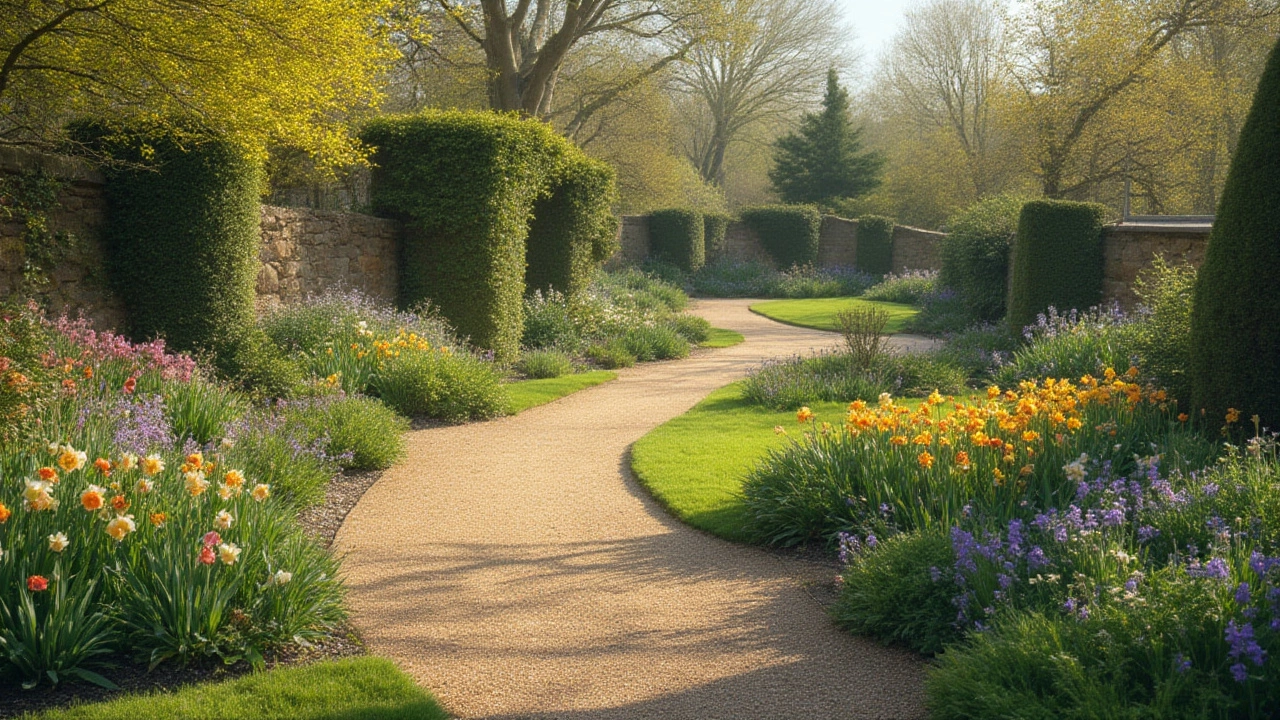Landscape Architecture: A Creative Guide for Art Lovers
If you’ve ever wondered how parks, plazas, and outdoor spaces turn into works of art, you’re in the right place. Landscape architecture isn’t just about planting trees – it’s about shaping experiences, telling stories, and turning open ground into living galleries. Below you’ll find the basics, why it matters to anyone who loves art, and quick ways to start thinking like a landscape architect.
What Exactly Is Landscape Architecture?
At its core, landscape architecture is the design of outdoor spaces. Think of it as architecture for the earth: you arrange plants, paths, water, and structures to create a mood or function. A well‑designed campus, a city square, or even a home garden follows the same principles – balance, rhythm, and focus. The field blends ecology, art, and engineering, so you get beautiful results that also work well for the environment.
Key elements include:
- Site analysis: Checking soil, sun, wind, and how people move.
- Concept development: Sketching ideas that match the client’s story.
- Material selection: Picking plants, stone, and hardscape that fit the climate and budget.
- Implementation: Working with contractors to bring the vision to life.
Every step is a chance to blend function with visual impact – the same mindset you use when curating an art exhibition.
Why Landscape Architecture Matters to Artists and Creators
Artists thrive on space, light, and context. A landscape architect essentially designs a stage for those elements. If you’re a painter, photographer, or sculptor, understanding how outdoor spaces are crafted can inspire new subjects and compositions. For example, the way a winding path frames a view can teach you about leading lines in photography.
Our tag page gathers articles that, while not all directly about landscape architecture, share the same spirit of design and creative thinking. Posts like “Romantic Landscape Paintings: The Two Main Types Explained” show how artists interpret natural settings, while “How Do Artists Get Exhibitions?” reveals the networking skills needed to showcase large‑scale outdoor installations.
Here are three practical ways to apply landscape architecture ideas to your own art practice:
- Study site plans: Look at public park designs online. Notice how they use open space, shade, and pathways to guide visitors. Translate those patterns into composition sketches.
- Play with scale: Landscape architecture balances human scale with grand vistas. Try creating a series of sketches that switch from macro (a leaf) to macro (a city skyline) to see how scale changes emotion.
- Use natural materials: Incorporate stones, wood, or water into mixed‑media pieces. The tactile quality can add depth that flat media often lack.
Even if you never become a licensed landscape architect, borrowing these principles can make your work feel more immersive and purposeful.
Ready to explore more? Browse the articles below for fresh ideas on art, design, and how to turn everyday environments into creative playgrounds. Whether you’re a beginner or a seasoned creator, landscape architecture offers a toolbox of concepts that can level up any project.
